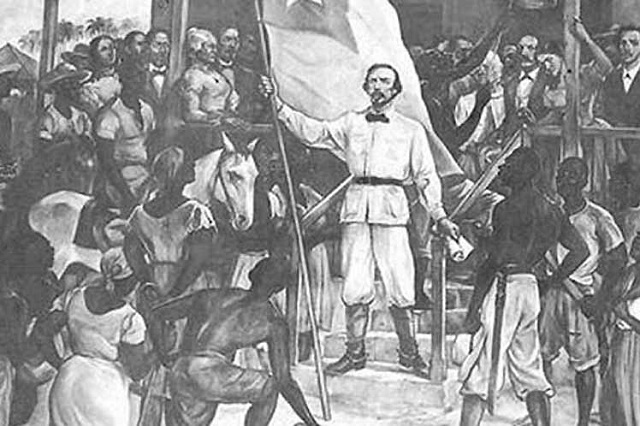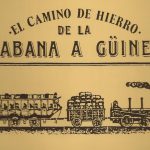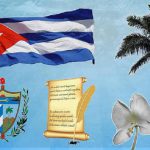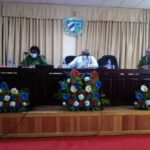On October 10, 1968, the insurrection broke out at La Demajagua sugar mill, led by Carlos Manuel de Céspedes. This anniversary not only constitutes the first great libertarian endeavor, but it also began the process of forming our nationality.
Its protagonists taught us to think like Cubans, they bequeathed us a tradition of struggle and a refined will that would last almost a century.
The conflict of ’68 did not lead to the triumph of ideals, since discord, regionalism and autocratic leadership flourished in the face of the virtue of the patriots, which put an end to the emancipatory effort. But the seed and the new generations of combatants, inspired by the mambises of 1868 and 1895, bore fruit.
That libertarian feat did not achieve independence, but it did achieve the approval of the first Constitution of Cuba, in addition to reaffirming the ideal of fighting against Spanish colonialism and slavery, contributing to its abolition in 1886.
At the time of the revolutionary outbreak, the slave population numbered more than 300,000 men and women, more than 70 percent in the western region.
There were also around 200 thousand free mulattoes and blacks (41.3 percent in the West, 20.5 percent in the center, and 38.2 percent in the East).
Carlos Manuel Céspedes, The Father of the Nation, as he is known, erased that ghost from the Cuban scene by greeting his slaves who were free at that time and inviting other owners present to do the same.
?Citizens, he exclaimed, up to this moment you have been my slaves! From now on, you are as free as I am. Cuba needs all its children to conquer independence! “
?Those who want to follow me, can follow me; those who want to stay should stay, everyone will remain as free as the others?. And that freedom no one has been able to take it away from us throughout our history.






